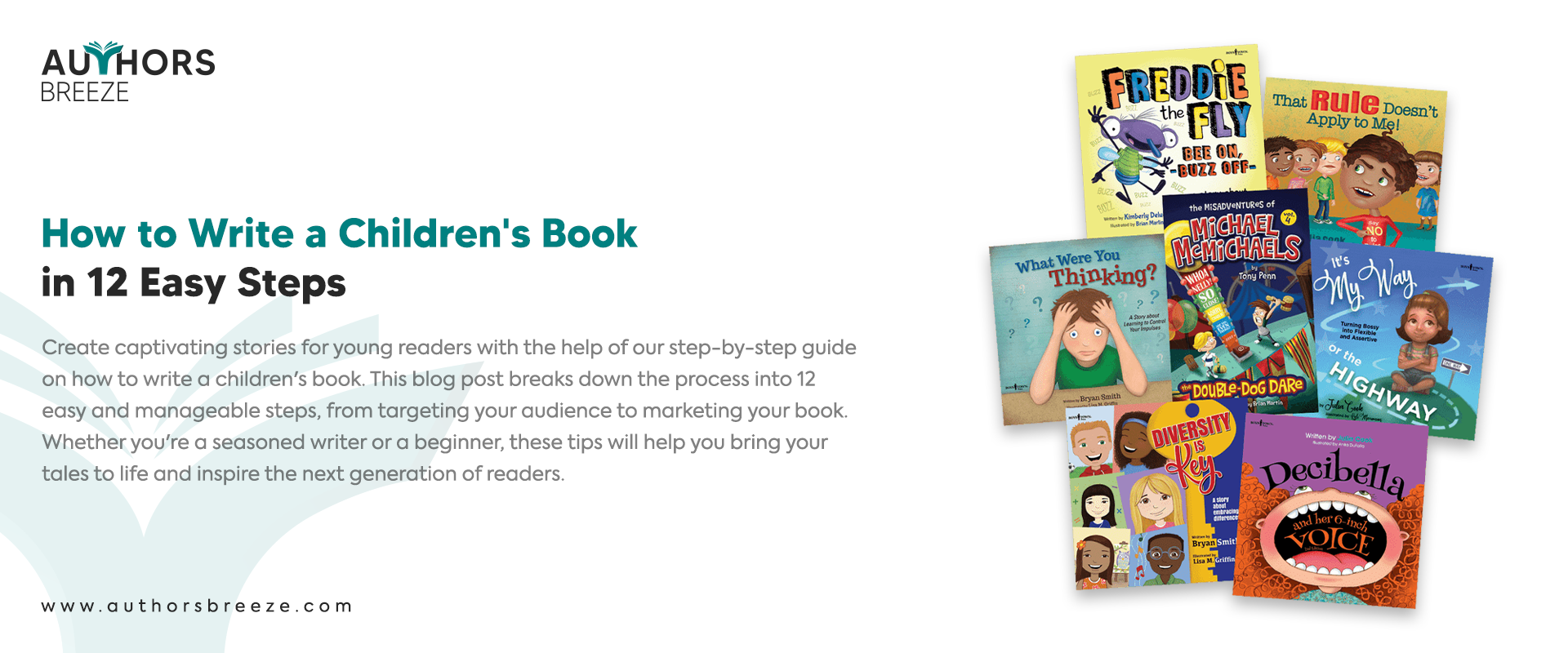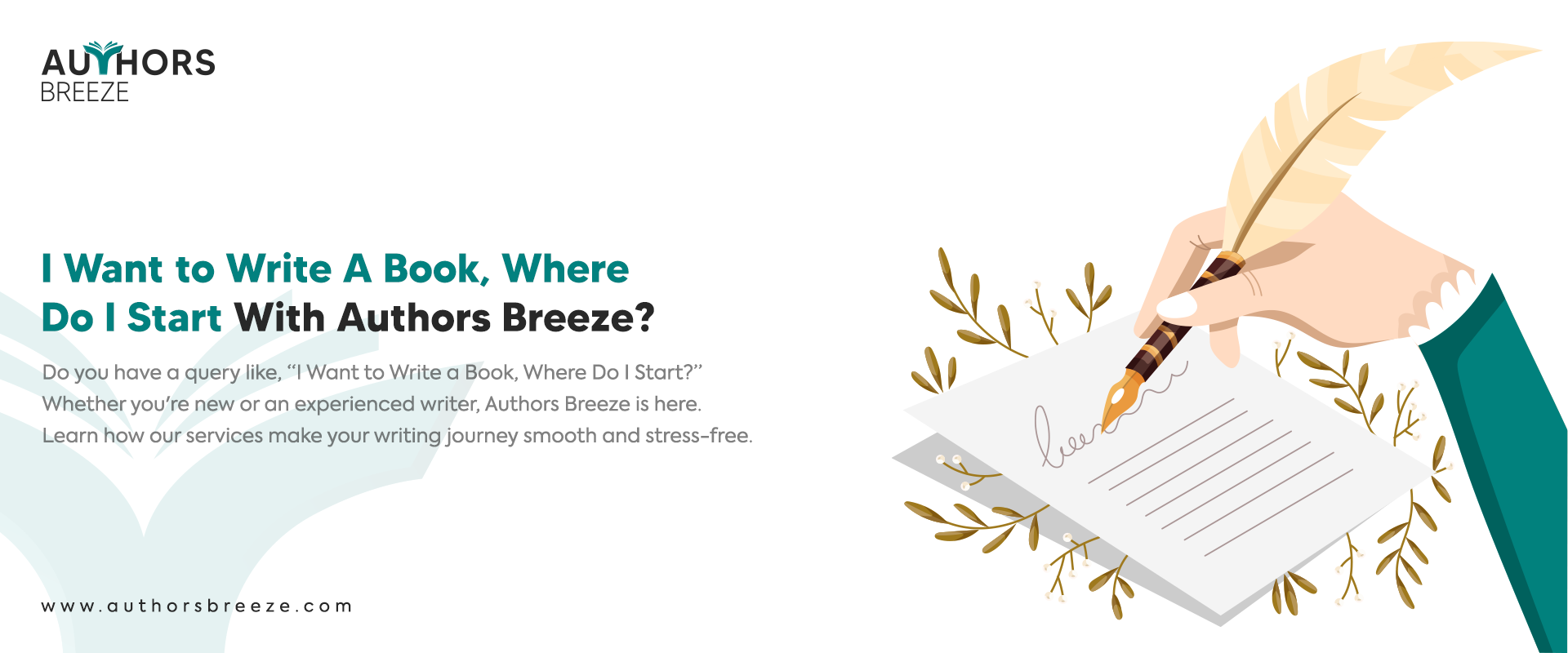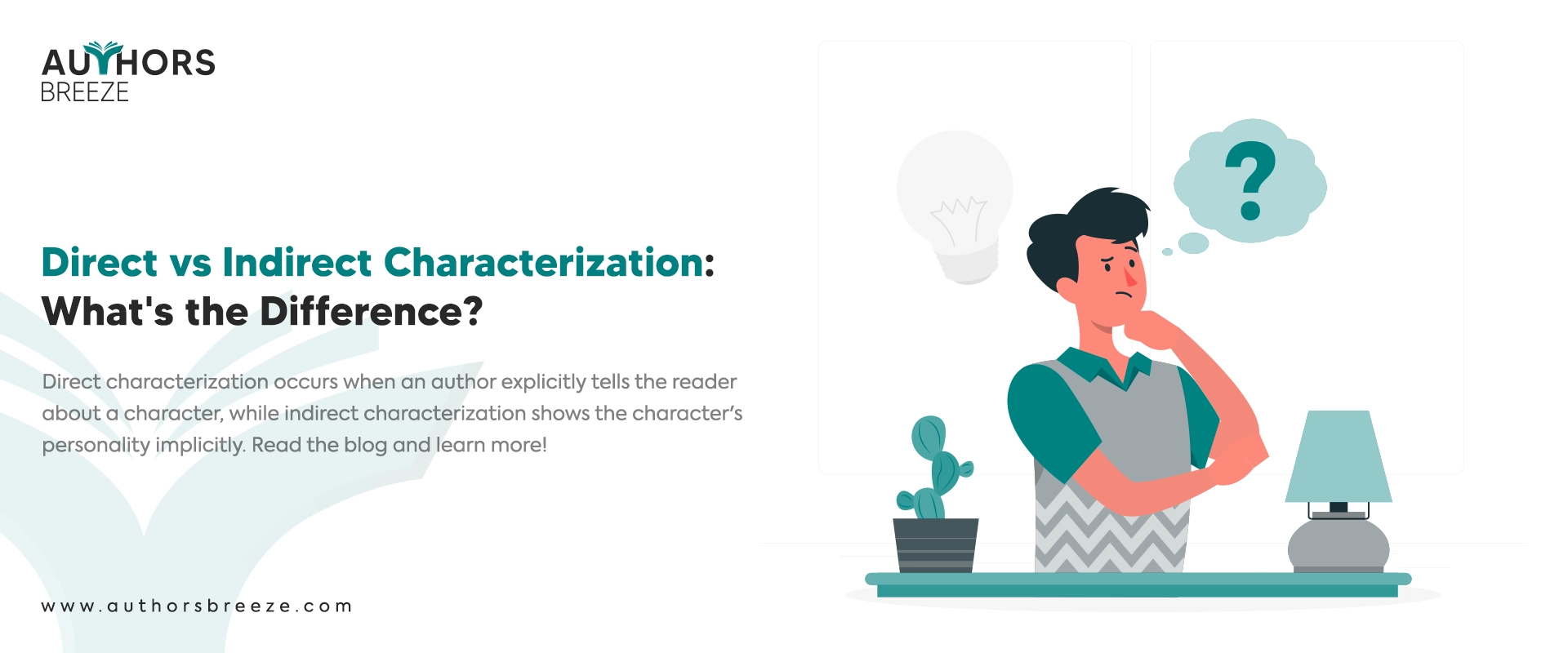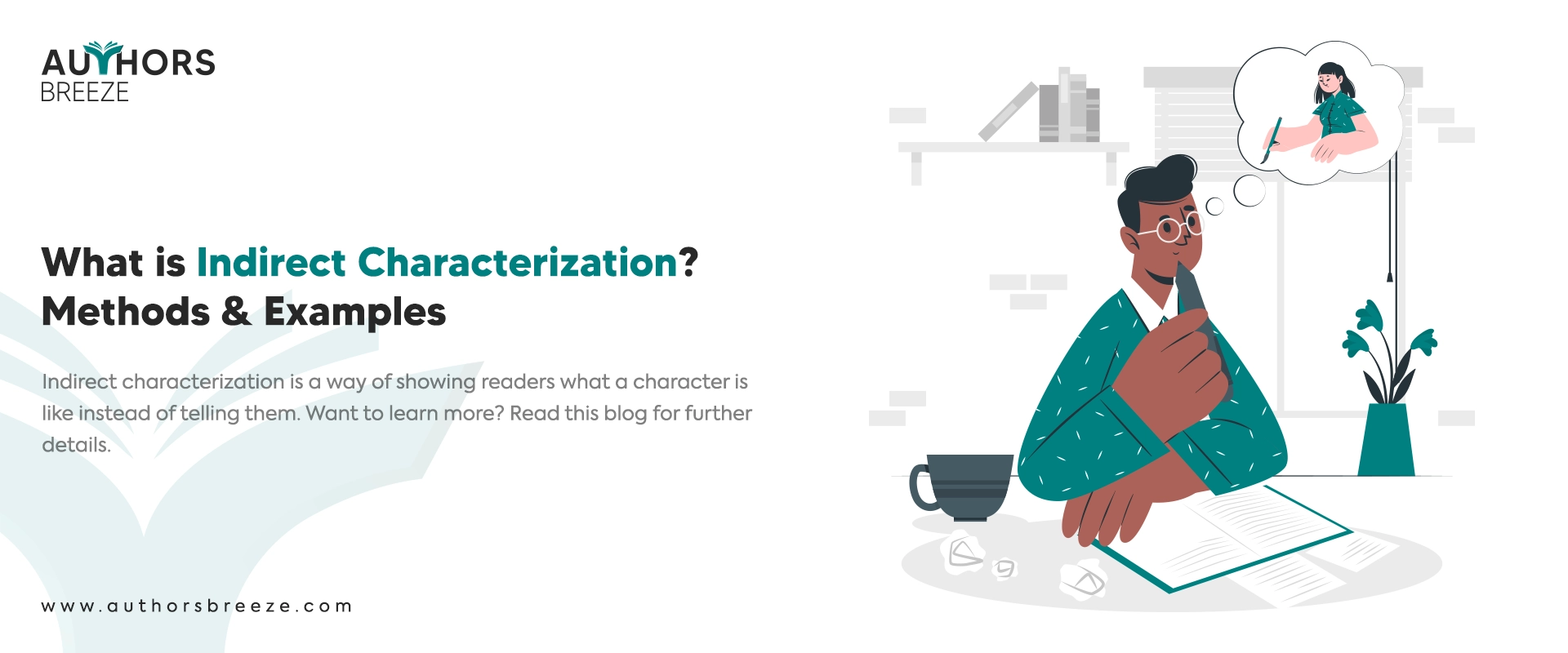Don’t Have Time to Read? Listen to this How to Write a Children’s Book Instead!
Key Takeaways: How To Write A Children’s Book?
Quickly learn how to write a children’s book with key points:
- Choose your target audience. Consider the age group as well as what kind of books they like.
- Brainstorm ideas for your story. This could come from your own experiences or observations of the world around you.
- Develop a clear plot with a beginning, middle, and end.
- Create exciting characters that children can relate to.
- Keep the story fast-paced and exciting with a problem that gets solved.
- Use simple language and short sentences, especially for younger children.
- Consider using catchy phrases or rhymes that children will remember.
- Illustrations are especially important for picture books and early reader books.
- You can find an illustrator to work with, or also you can try sketching your own ideas.
- Get your book published. There are three main ways to publish your book: traditional, self-publishing, and hybrid.
- Once your book is published, you need to let people know about it through book marketing.
- You can use social media, book fairs, and online platforms to reach potential readers.
- Write in the present tense in order to make the story feel more engaging for children.
- Every word should have a purpose. So, avoid unnecessary sentences.
- Make sure your characters are unique and easy to remember.
- Use a consistent writing style throughout the book.
- Write an exciting story that will keep children interested.
- Listen to honest conversations among children to capture their way of speaking.
- Avoid complex language, mature themes, and overcomplicating the story.
- Do your research to understand current trends as well as what children are interested in.
Write for Kids & Become an Established Author
Authors Breeze provides expert guidance not only on how to write a children’s book but also they can help you craft one.
Introduction: How to Write a Children’s Book
People think they can easily craft books for children. But let us tell you, it is not a child’s play to write a children’s book. So, if you want to learn how to write a children’s book, this blog post is for you. We will cover helpful tips for writing a children’s book.
One of the famous genres in the book-writing industry is children’s books, and its popularity is increasing daily. According to Verified Market Reports, the market was worth $11.76 Billion in 2023. It is projected to grow to $12.06 billion by 2030 – this means you will see an annual growth rate of 2.8% from 2025 to 2030.
With this rising demand, there is no better time to publish a children’s book than today. This guide will crack the code for you on how to write a children’s book in 12 easy steps. In addition, we will show you how to create a fun story with unforgettable characters and engaging illustrations. So, let’s begin.
How to Write a Childrens Book
Step 1. Target Your Audience (Age Group)
Ready to write your first children’s book? But first, identify the appropriate age group for your book. There are different categories when we talk about children’s books. You should know them all, as each age category has separate reading levels and cognitive abilities. It will help you pick your structure and format your book to their level and tailor your story to their interests.
| Category | Age Group | Structure |
| Picture Books | 0-5 years | Simple stories with lots of illustrations. In a few words, focus on visual storytelling. |
| Early Readers | 5-7 years | Simple language and short chapters. Designed for children beginning to read on their own. |
| Chapter Books | 7-9 years | Longer stories, more complex plots, fewer illustrations. |
| Middle Grade | 8-12 years | Developed themes and characters that are appropriate for preteens. |
| Young Adult | 12-18 years | More mature themes, complex characters, and plots are suitable for teenagers. |
Step 2. Brainstorm Your Ideas
After you have selected the age group you want to target, it is time to brainstorm ideas for your book. You can pick ideas from anywhere, such as your childhood, children, or imagination. Let’s look at some tips you can utilize to brainstorm ideas for a children’s book:
- Everyday Life: Observe children in everyday situations. What are their interests? What makes them laugh or curious?
- Classic Themes: Themes such as friendship, adventure, and family are timeless. You can give them new twists in your story.
- Current Trends: Pay attention to what is popular among children today. There could be certain types of characters, themes, or settings.
Try to Brainstorm and jot down all your ideas. As a result, it can help you find a resonating concept.
Step 3. Convert Your Idea into a Story
Are you done brainstorming your ideas? After organizing the concept, it’s time to turn it into a complete story. It would be best if you start with a basic outline.
- Beginning: Introduce your characters as well as the setting.
- Middle: Develop the plot and build up the tension.
- End: Satisfyingly resolve the story.
Important Tip:
“Keep in mind that children’s books often have clear and simple plots. The story should have a beginning, middle, as well as resolving end.”
Step 4. Choose a Title
A book is incomplete without a great title and a subtitle. A title helps you urge readers to read your book. Therefore, your title should be:
- Descriptive: A title should give an idea of the story.
- Catchy: It should be easy to remember and pronounce.
- Appealing: Make it attractive to your target audience.
“For example, instead of “The Animal Book,” a more enticing title could be “Wacky Adventures in the Wiggly Jungle!”
If we talk about a subtitle, a subtitle can provide additional content that the title may not be able to convey and helps readers understand what to expect from the book. Also, you can include keywords in your subtitle that can improve searchability online and in bookstores. This will make it easier for people to find your book.
Step 5. Create Engaging Characters
Every great story needs fantastic characters. Also, children connect with characters who have feelings and goals just like them. Maybe your protagonist is a brave little bunny facing a big challenge or a mischievous monkey who loves causing a stir. Characters are the heart of any story. Therefore, in children’s books, they should be:
- Relatable: Children should be able to see themselves in the characters.
- Diverse: Include characters from different backgrounds and experiences.
- Interesting: Give your characters unique traits or quirks.
Remember, characters drive the story. So, they should be well-developed and have clear motivations. Moreover, instead of directly stating a character trait, reveal it through their actions and dialogue.
Let your characters grow. Characters who learn and change throughout the story feel more natural and relatable. Also, don’t forget the sidekicks such as:
- A loyal best friend
- A wise mentor
- Or a goofy sidekick.
Characters such as round characters can add depth and humor to your story.
Examples of Some Popular Characters
The Endearing Everyman
- Curious George: It is a mischievous monkey with an insatiable curiosity and a knack for getting into trouble. This can resonate with the sense of exploration of children.
The Lovable Flawsome
- Winnie the Pooh: It is a silly bear with a bottomless appetite for honey. This reminds us that it is okay to be imperfect and to embrace our quirks.
- Pippi Longstocking: It is a robust, independent girl with mismatched socks and an unconventional life. She celebrates individuality and defies expectations.
Step 6. Keep the Story Simple and Fast-Paced
Suppose you write a book. However, it is not as engaging and fast-paced as it should be. As a result, kids will be yawning while reading it. It is not a good sign for you as a writer. So, to keep young readers hooked, you need a story that moves swiftly and attracts the audience. Let’s discuss how you can create a fast-paced story:
- Start with a bang and hook your reader from the very first sentence.
- Introduce a clear problem. What obstacle does your character need to overcome?
- Raise the stakes and make the problem seem even bigger as well as more exciting as the story progresses.
- Throw in some twists and turns. As a result, it will keep your reader guessing about what will happen next.
“A fast-paced and engaging story keeps kids hooked and eager to turn the page quickly.”
Step 7. Engage readers with Catchy Phrases
Think of your favorite children’s book characters. Do any of them have catchphrases you still remember today? Phrases like Winnie the Pooh’s “Oh bother!” or Dora the Explorer’s “Vamonos!” can become iconic parts of your story.
- Repetitive Phrases: Phrases that repeat can be engaging and help with readability.
- Catchy Lines: Memorable lines that children can repeat.
“For example, Dr. Seuss’s “I do not like green eggs and ham!” is a catchy and memorable phrase.”
Step 8. Add Illustrations
Illustrations are used in children’s books, especially for younger readers. Moreover, they help tell the story and keep children engaged. Here’s how to think visually when creating a children’s book:
Visualize Scenes
Picture each scene in your mind as you write your story. Think about what it looks like and how it can be visually represented. Ask yourself questions such as:
- What is happening in this scene?
- What are the characters doing?
Make a Sketch
If you can draw even a little, try making simple sketches of the scenes. However, this doesn’t have to be perfect. It’s just to help you visualize how the story will look on the page.
Collaborate with Illustrators
If you aren’t a professional in drawing, you will need an illustrator to convert your ideas into perfect illustrations. You should hire illustrators with several years of experience in the genre. You can find the illustrator on social media platforms such as Facebook and LinkedIn.
Share Your Ideas
Share your ideas and vision for the book with your illustrator. Show them any sketches or notes you have. Additionally, you should be clear about what you want each scene to look like. Try to listen well, so you should listen to their creative input. Maybe they have great ideas you haven’t thought of.
Work Together
Communication is key. In terms of getting the appropriate illustrations for your manuscript, you should always communicate with your illustrator throughout the process. It ensures that you get the graphics that depict what you want. Also, get feedback from your illustrator; he will give you a better idea.
Why do Illustrations Matter?
Illustrations make the book more engaging for young readers. Further, they help capture children’s attention and make the story more interesting.
- Pictures can help children understand the story better, especially if they are too young to read all the words. Illustrations show what’s happening in the story and help convey emotions and actions.
- Beautiful and imaginative illustrations can inspire children’s creativity. Also, they can make the story more magical and memorable.
Step 9. Finalize the Draft
Now, it’s time to complete your draft. However, there is a chance that your first draft will not be perfect. If you want to polish and ready your draft, then you should start revising it thoroughly. Start by editing ruthlessly. Further, cut out unnecessary words and clarify your sentences. It is vital to tighten the overall narrative according to your story idea.
You should try to seek feedback from children, parents, and teachers to get different perspectives on what works and what doesn’t. Be prepared to revise multiple times. However, each revision will bring you closer to a polished and engaging story. This process is crucial for ensuring your children’s book is enjoyable for young readers.
Step 10. Find Professional Editors
Professional editors can make your children’s book much better. They can:
- Polish Your Story: Book editors can help improve the flow and clarity of your story.
- Catch Errors: They also help you with proofreading i.e., find and correct mistakes you might have missed.
- Improve Readability: Editors ensure your story is easy for your target age group to read and understand.
Self-editing is a cost-effective way to develop your skills. However, professional editors offer a valuable second pair of eyes to enhance your book’s overall quality.
Avoid Costly Errors: Get Professional Editors
Skilled authors can also miss typos, grammatical mistakes, and inconsistencies. Professional editors at Authors Breeze ensure your book shines.
Step 11. Choose a Publishing Method
There are different ways to publish a book. Each method has its own benefits and challenges. Here’s a simple guide to help you choose the best one for you:
Traditional Publishing
- Professional Help: Your book will be edited, designed, and marketed by professionals.
- Distribution: Traditional publishers have connections to bookstores and libraries, helping your book reach more readers.
- Less Control: The publisher makes many decisions about your book, including its cover and marketing.
- Hard to Get Accepted: It can be challenging to get a traditional publisher to accept your book, as they receive many submissions.
Self-Publishing
- Complete Control: You make all the decisions about your books, from the cover designs to the book marketing strategies.
- Higher Royalties: You keep more of the money from book sales.
- More Work: You are responsible for all aspects of publishing, including editing, designing, and marketing.
- Upfront Costs: You may need to pay for services like editing and cover design.
Hybrid Publishing
- Combination of Both: Hybrid publishing combines elements of traditional and self-publishing.
- Shared Responsibilities: You work with the publisher on some aspects but still retain control over others.
- Costs and Royalties: Costs are usually involved, and you may share royalties with the publisher.
- Quality Services: You get professional help with editing, design, and marketing, but you have more say in the process than traditional publishing.
| Publishing Method | Pros | Cons |
| Traditional | Professional editing, marketing, and distribution. | Hard to get accepted, and there is less control over the process. |
| Self-Publishing | Total control over the process and higher royalty rates. | You handle all aspects, including marketing and distribution. |
| Hybrid | Combines elements of both traditional and self-publishing. | It can be expensive, and quality of services can vary. |
Ebook
Regardless of your chosen publishing path, consider making your book available as an ebook. Here’s why:
- Amazon Advantage: You can easily sell an ebook on Amazon with simple steps. By making your book available on their platform (Kindle Direct Publishing or KDP), you reach a vast audience of ebook readers.
- Convenience for Readers: Ebooks are lightweight and portable. So, it allows readers to carry their entire library in their pockets!
- Global Reach: Ebooks can be downloaded anywhere in the world instantly!
From Idea to Ebook: We Make It Happen
Don’t let anything hold you back. Hire us and let us help you publish your ebook and reach young readers worldwide.
Step 12. Market Your Book
Marketing children’s books is very important for making sure people find and read your book. So, here are some simple ways to promote your book:
Social Media
- Instagram: Share pictures and videos of your book, behind-the-scenes looks at your writing process, and connect with readers.
- Facebook: Create a page for your book, post updates, share events, and engage with your audience.
- Twitter: Tweet about your book, join conversations about children’s literature, and use hashtags to reach a wider audience.
Book Fairs
- Attend Events: Go to book fairs and events where you can showcase your book. Moreover, this is a great way to meet readers, sell copies, and network with other authors.
- Book Signings: Arrange book signings where you can meet readers, sign copies of your book, and talk about your work.
Online Platforms
- Amazon: List your book on Amazon to reach millions of potential readers. Further, use keywords and categories to help people find your book.
- Goodreads: Create an author profile on Goodreads, add your book, and engage with the community. Also, do not forget to encourage readers to leave reviews and ratings.
Savvy Tips and Tricks for How to Write a Children’s Book
When learning how to write a children’s book, consider these critical factors:
- Children enjoy stories written in the present tense because it makes them feel like the events are happening right now, which helps to keep them engaged.
- Every word should have a purpose. So, if a sentence doesn’t contribute to the plot or character development, leave it out.
- Make sure each character in your book is unique and different from the others. As a result, it will help children remember and relate to them.
- Use the first-person narrative if you want children to see the story through the main character’s eyes. Also, you can use it if you want more flexibility in telling the story.
- Consistency makes the story easier to follow. So, pick a writing style and stick to it throughout the book.
- A boring book won’t capture their attention. Therefore, make your book exciting and full of action to keep children interested.
- Write dialogue the way children of your target age group actually speak. Moreover, listen to honest conversations among children to get it right.
- If you start writing in the present tense, continue using it throughout the book. Indeed, consistency in tense keeps the story clear.
Conclusion
So that’s it! These are the 12 essential steps that will enable anyone to start a writing career in the children’s books niche. The world is a place waiting for your narratives. Now, pick up the pen, open your laptop, and take the first step toward writing a story that will make young readers happy. However, if you do not know how to write a childrens book, do not worry. Authors Breeze can help you write a book.
FAQS
How do you start writing a childrens book for beginners?
- Find your idea: Brainstorm stories you'd love to read as a child. Focus on themes and messages that resonate with young readers.
- Know your audience: Tailor your writing style and content to the appropriate age group (picture books, early readers, middle grade).
- Craft a captivating story: Childrens books should be engaging with a clear plot, memorable characters, and a satisfying conclusion.
- Illustrate or find an illustrator: Engaging visuals are crucial for childrens books. Moreover, consider drawing yourself or collaborating with an illustrator.
What are the five rules that you should follow when creating a childrens book?
- Keep it concise: Childrens books are typically shorter than adult books, with a clear focus on the main story.
- Use strong language: Employ vivid vocabulary that's engaging but age-appropriate.
- Show, don't tell: Let the illustrations and actions speak for themselves, minimizing excessive exposition.
- Read it aloud: Test the flow and rhythm of your story by reading it to yourself or others.
- Revise and refine: Don't be afraid to polish your work. Also, get feedback and revise your manuscript for maximum impact.
How do I create my own childrens book?
You can create your own childrens book by following the steps we have mentioned in the blog.
Don’t miss this video – it’s packed with valuable information!
Credit: Learning with Ms. Literacy






